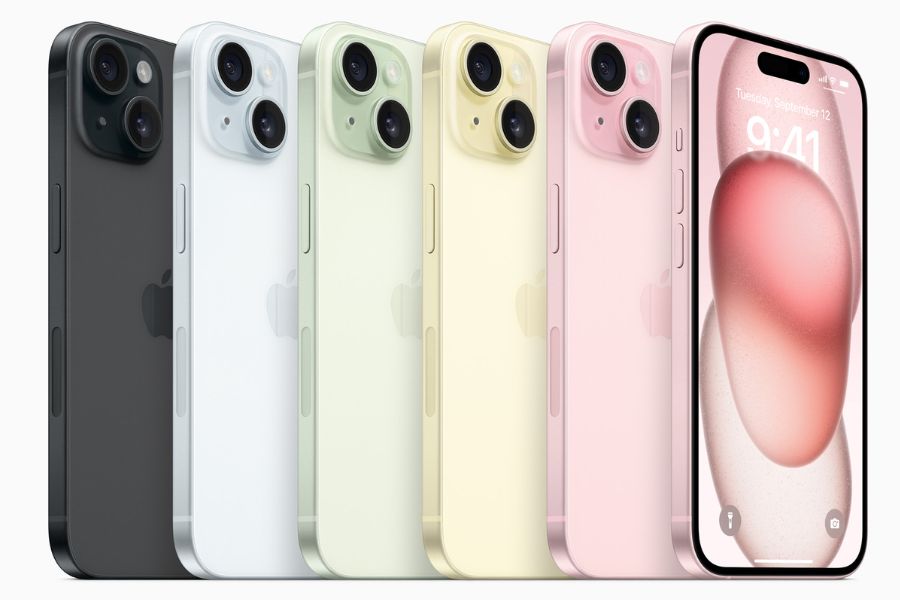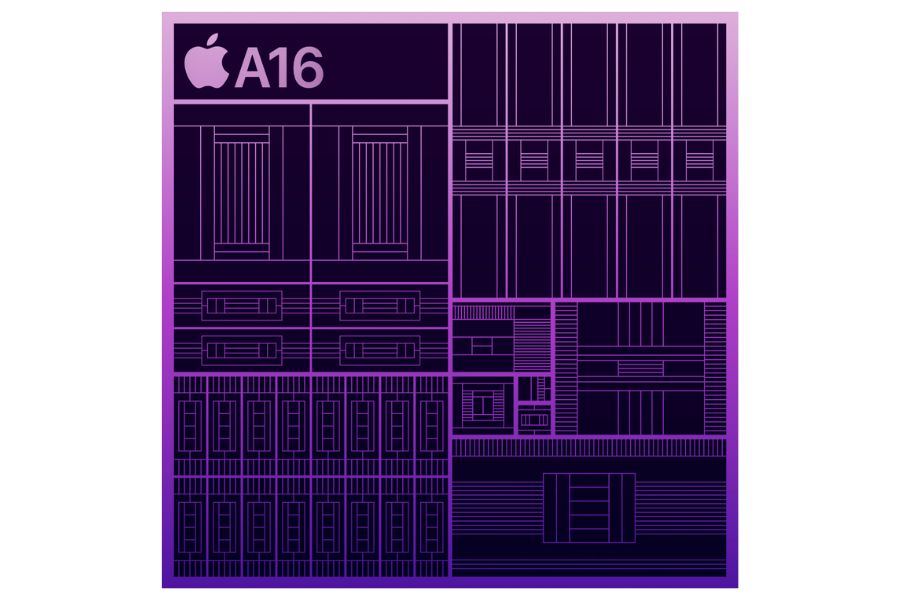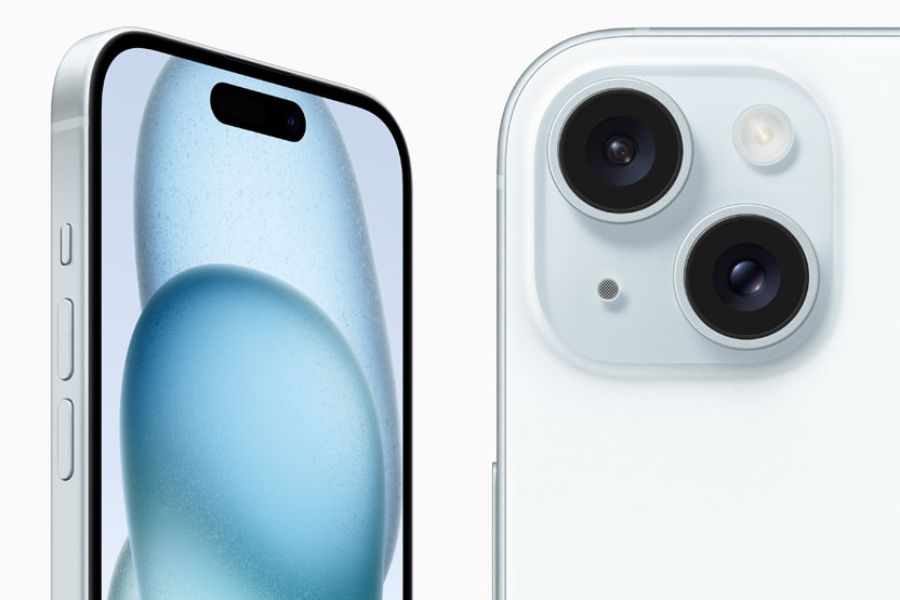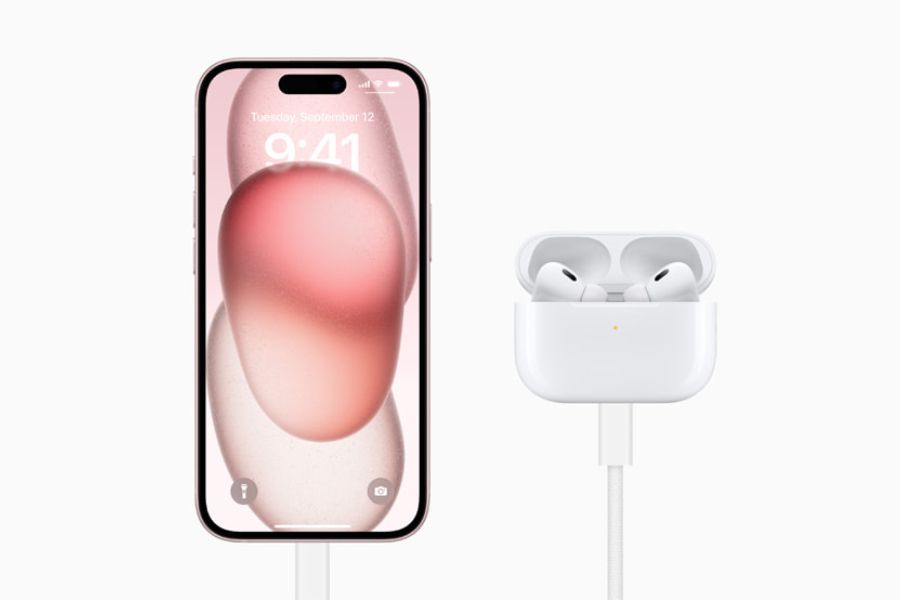Xiaomi has just unveiled the 17 Pro Max as the flagship of their new series at a recent Xiaomi event in Beijing. This is the bigger brother to the 17 Pro, with a larger display, massive battery, and improved camera sensors. The Xiaomi 17 series skips the 16 series in an attempt to catch up to the iPhone’s moniker, and in the meantime, it ends up replicating a similar design layout compared to the iPhone as well.
However, since we have already discussed the Xiaomi 17 and 17 Pro elsewhere, here we will focus exclusively on the Pro Max, which, like the Xiaomi 17 Pro, takes the secondary display concept further while also ensuring the absolute maximum in battery life and screen real estate. Now, let’s jump into this article, where I will discuss everything about the latest Xiaomi 17 Pro Max, including its price in Nepal, specifications, and availability.
Xiaomi 17 Pro Max Overview
Design
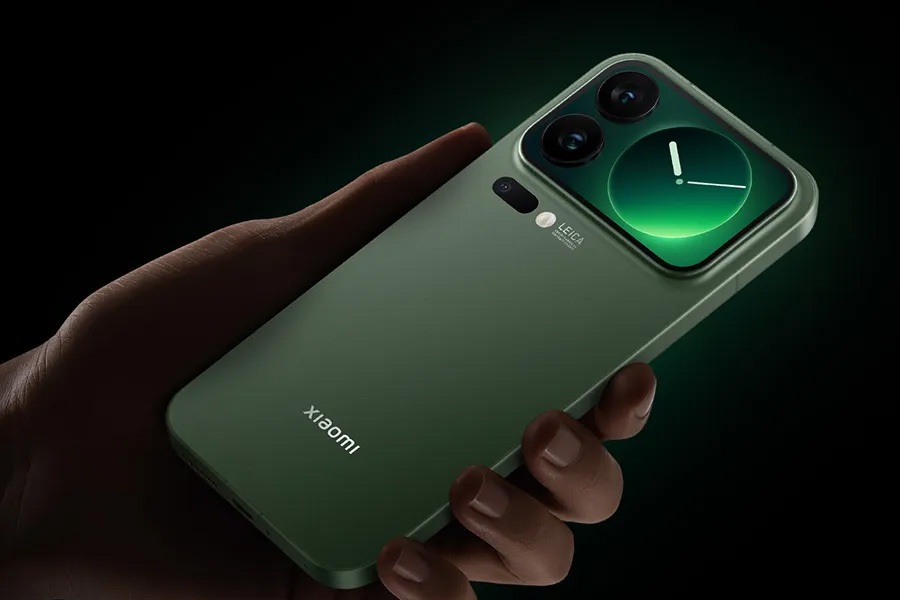
The Pro Max weighs 219g and measures 8mm thick, which makes it significantly heavier than the regular Pro’s 192g weight but it maintains the same slim profile. The phone uses Xiaomi Dragon Crystal Glass 3 , which is an upgrade from the standard Dragon Crystal Glass on the vanilla model.
The metal frame construction matches the rest of the 17 series with that flat, iPhone-inspired design language. The rectangular camera module houses both the triple camera system and the 2.9-inch secondary display, creating a substantial bump on the back. Material-wise, you get the same premium aluminium alloy frame as the Pro. The 2.9-inch screen on the back has to work around three camera lenses plus the 3D ToF sensor, so the actual usable display area gets interrupted by these circular cutouts. Colors remain consistent with the Pro – Black, Cold Smoke Purple, Forest Green, and White.
Display
The Pro Max jumps to a 6.9-inch main display compared to the Pro’s 6.3-inch screen. That’s a significant size increase that puts it in direct competition with phones like the iPhone 17 Pro Max and Galaxy S25 Ultra (Even tho the most apt competitor to this phone would be the upcoming Xiaomi 17 Ultra). The display uses the same M10 LTPO technology as in the Xiaomi 17 Pro but adds 12-bit color support, which should improve color gradation and reduce banding.
The secondary display also grows from 2.7 inches to 2.9 inches with a resolution bump to 976 × 596 pixels. It’s still the same concept – built around the camera module for selfies, notifications, and those animated pets that reflect your phone’s state. The larger size makes it probably easier for things like music controls and reading notifications.
Both displays hit 3,500 nits peak brightness with DC dimming and support the same variable 1-120Hz refresh rates. Both Pro models get IP68 rating, but Xiaomi claims different water resistance depths. The Pro Max supposedly withstands submersion up to 6m in fresh water versus 4m for the regular Pro.
Battery
The 7,500mAh battery is the headline feature here. Xiaomi’s marketing it as “practically a power bank,” which isn’t far off. They’re using the same silicon-carbon technology as the smaller Pro but with an L-shaped design to maximize space. The high silicon content allows for this density without making the phone ridiculously thick. Charging stays at 100W wired and 50W wireless, same as the regular Pro. The Surge G2 battery management chip promises to maintain at least 80% capacity after 2,000 charge cycles, which should translate to several years of heavy use.
Camera
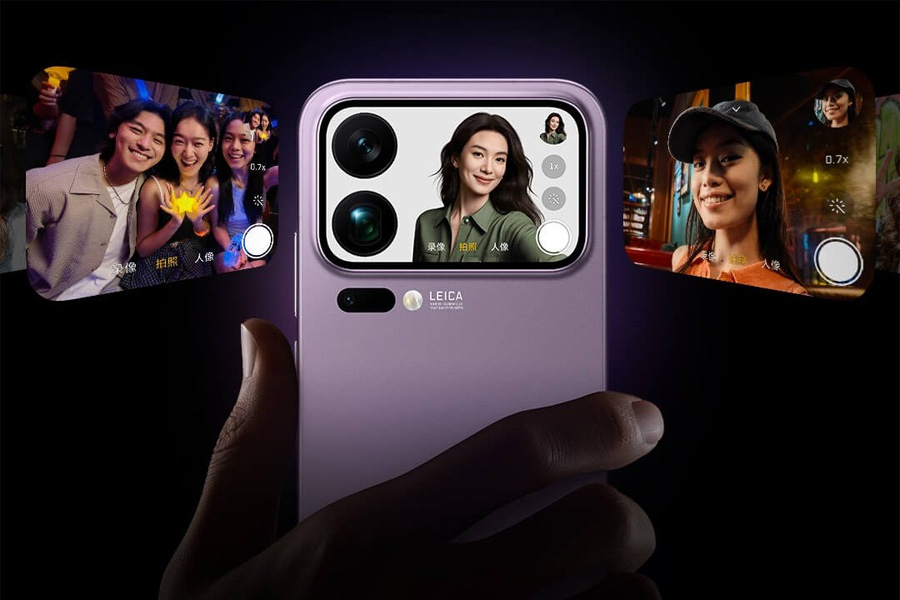
The Pro Max uses the same 50MP Light Fusion 950L main sensor (1/1.28″) with f/1.67 Leica Summilux lens and OIS. The main difference is the addition of LOFIC HDR (Lateral Overflow Integration Capacitor) technology. Where it differs significantly is the telephoto system. The Pro Max gets a 50MP Samsung ISOCELL GN8 sensor (1/2″) compared to the Pro’s smaller Samsung JN5. The larger sensor allows for a brighter f/2.6 aperture versus f/3.0 on the regular Pro, which should help with low-light telephoto shots.
Both phones offer 5x optical zoom, but the Pro Max can focus as close as 30cm for macro shots, while the Pro manages 20cm. The redesigned floating prism had to accommodate the larger sensor.
The ultrawide camera uses the same 50MP OmniVision OV50M sensor with 102° field of view across both Pro models. Front camera is identical too – 50MP OmniVision OV50M with f/2.2 aperture.
Performance and Cooling
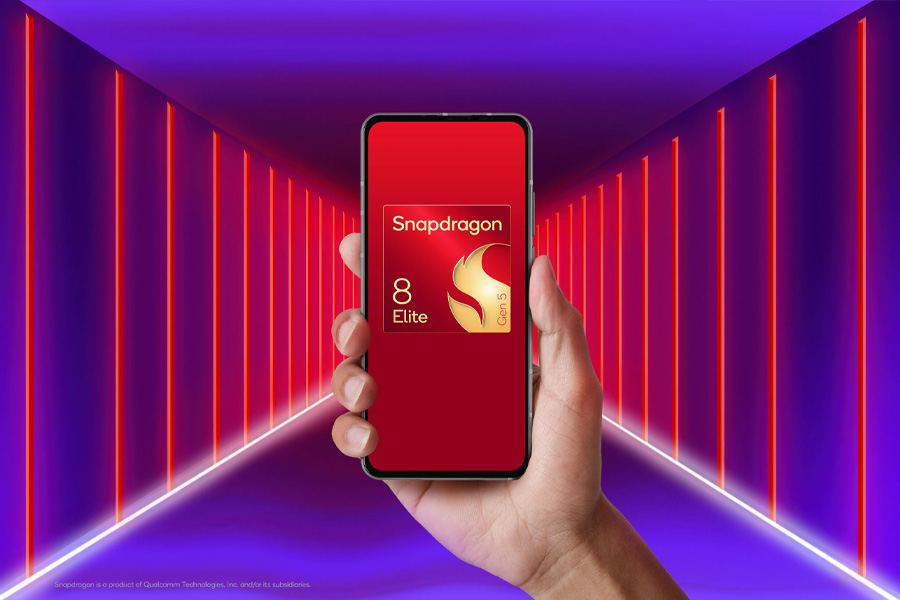
The Xiaomi 17 Pro Max has the same Snapdragon 8 Elite Gen 5 as the Pro, which we’ve covered extensively in our chipset article. AnTuTu scores around 4 to 4.4 million, handling any current game at maximum settings. But the cooling system scales up to 5,533mm² vapor chamber compared to the Pro’s 4,637mm². The larger phone will surely for better thermal management during gaming or other performance-intensive tasks. Similarly, you are getting memory option up to 16GB and storage maxes out at 1TB, while starting at 512GB.
- Also, read
- Xiaomi 17 Pro launched with a secondary rear display and triple 50MP cameras
- List of Xiaomi Mobile Service Centers & Showrooms in Nepal
- Xiaomi 17 is now official with a massive 7,000mAh Battery and Snapdragon 8 Elite Gen 5
Software and Features
The Xiaomi 17 Pro Max boots on Android 16-based HyperOS 3 with the same secondary display functionality as the Pro. You get customizable themes, notifications, AI Pin for quick access to schedules or QR codes, and selfie preview using the main cameras.
The larger 2.9-inch secondary display could make some difference. Reading notifications and controlling music playback feels less cramped compared to the Pro’s 2.7-inch screen. The Hyper XiaoAi assistant and HyperIsland features work across both displays, with contextual information appearing on whichever screen makes sense.
Xiaomi 17 Pro Max Specifications
- Design, Build:
- 162.9 x 77.6 x 8 mm, 219gm
- Dragon Crystal Glass 3
- Black, Cold Smoke Purple, Forest Green, White
- Display:
- 6.9-inch M10 LTPO AMOLED primary (12-bit color, 1-120Hz variable, 3,500 nits peak),
- 2.9-inch secondary display (976 × 596 px, 120Hz, 3,500 nits, DC dimming)
- Chipset:
- Qualcomm Snapdragon 8 Elite Gen 5 (3nm)
- Adreno 840 GPU
- 5,533mm² vapor chamber cooling
- Memory: 12GB/16GB LPDDR5X RAM, 512GB/1TB UFS 4.1 storage
- Software & UI: Android 16-based HyperOS 3, HyperIsland, Hyper XiaoAi assistant
- Rear Camera:
- 50MP Light Fusion 950L main (1/1.28″, f/1.67 Leica Summilux, OIS, LOFIC HDR),
- 50MP Samsung ISOCELL GN8 telephoto (1/2″, f/2.6, 5x zoom, OIS, 30cm macro),
- 50MP OmniVision OV50M ultrawide (102° FoV), 3D ToF sensor
- Front Camera: 50MP OmniVision OV50M (f/2.2, 90° FoV)
- Security: In-display Ultrasonic fingerprint sensor
- Connectivity: Wi-Fi 7, Bluetooth, 5G, GPS, NFC, USB Type-C, UWB
- Durability: IP68 rated (up to 6m fresh water submersion)
- Battery: 7,500mAh L-shaped silicon-carbon battery, 100W HyperCharge wired, 50W wireless, 22.5W reverse charging, Surge G2 management chip (80% capacity after 2,000 cycles)
Xiaomi 17 Pro Max Price in Nepal and Availability
The Xiaomi 17 Pro Max starts at CNY 6,000 (around $840) for 12GB/512GB in China. Nepal pricing will likely start around NPR 127,000 for the base variant when it arrives.
| Xiaomi 17 Pro Max | Price in China (Official) | Price in Nepal (Expected) |
|---|---|---|
| 12GB/512GB | CNY 6,000 (~$840) | NPR 127,000 |
| 16GB/512GB | CNY 6,300 (~$885) | NPR 134,000 |
| 16GB/1TB | CNY 7,000 (~$980) | NPR 148,000 |
- Meanwhile, check out our review of the Vivo V60


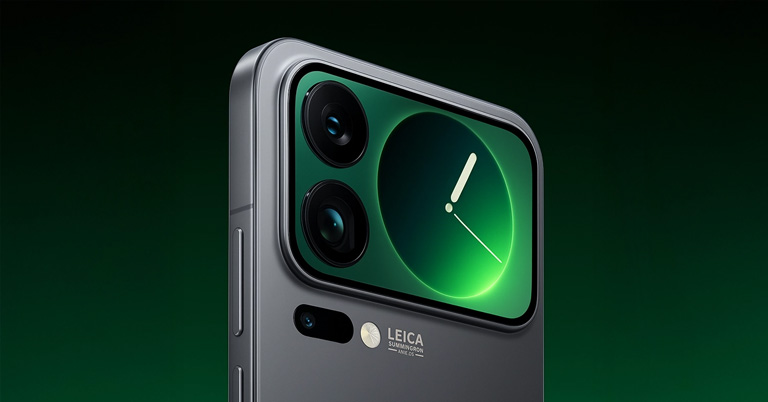
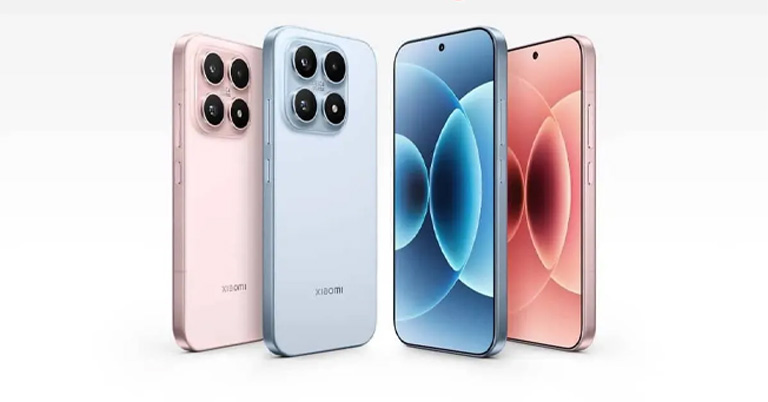
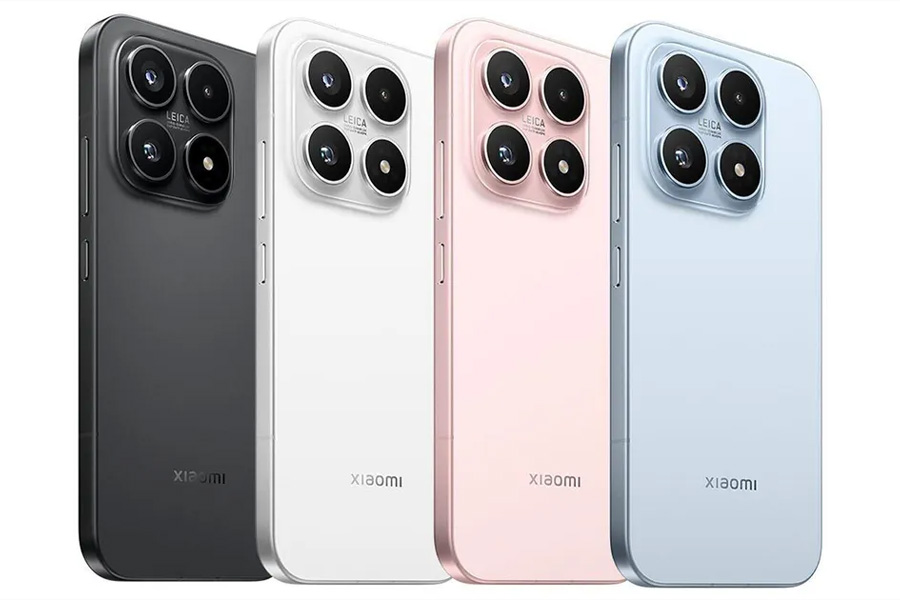
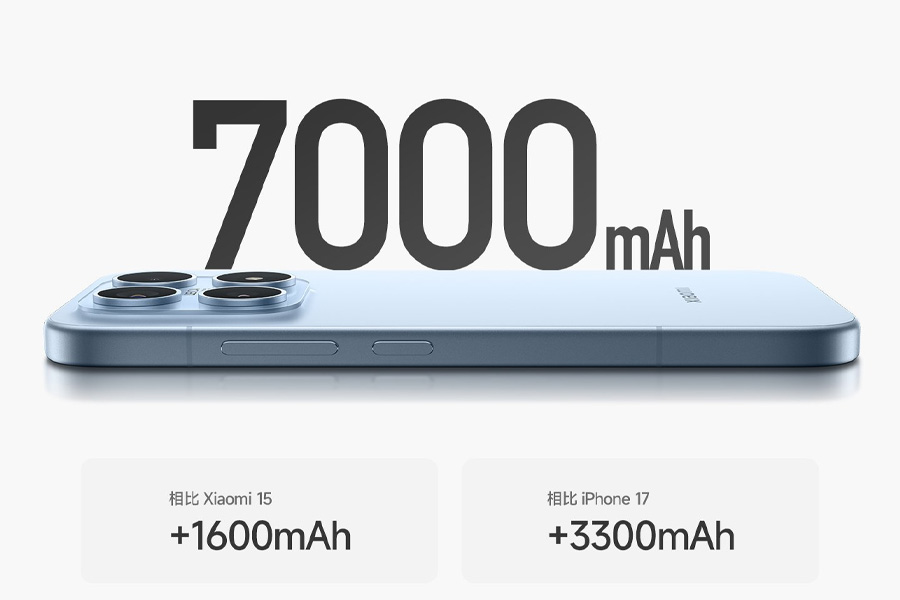
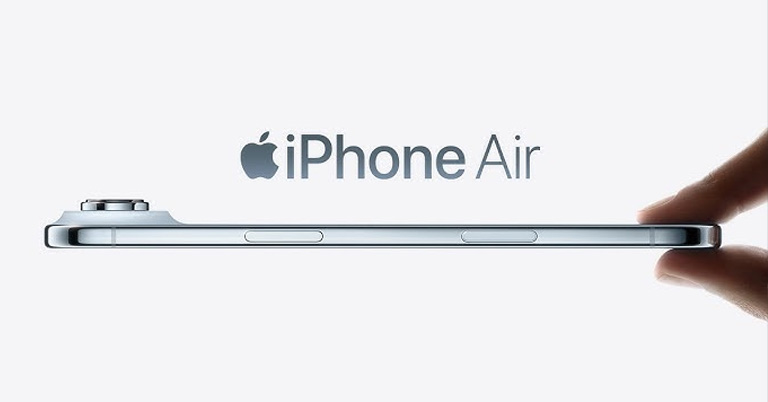
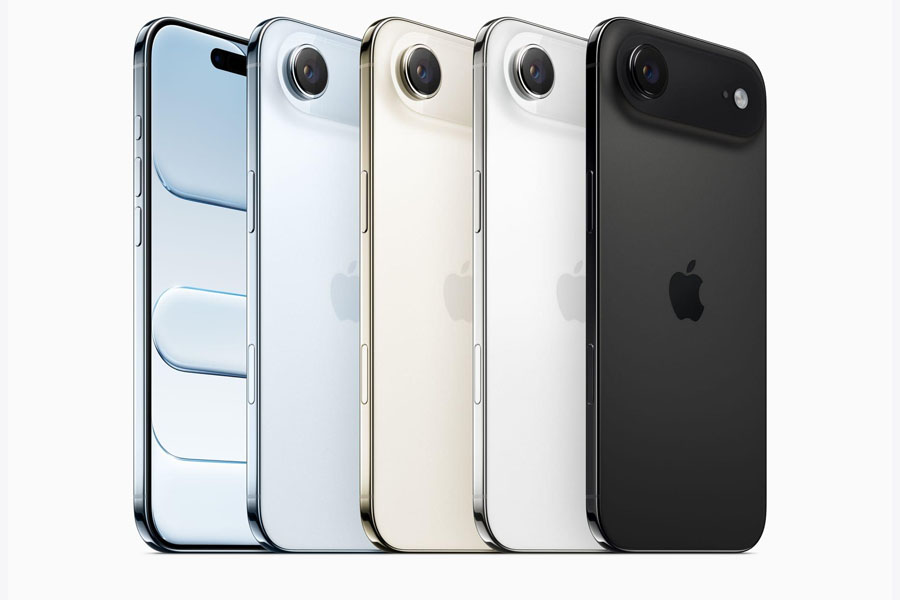
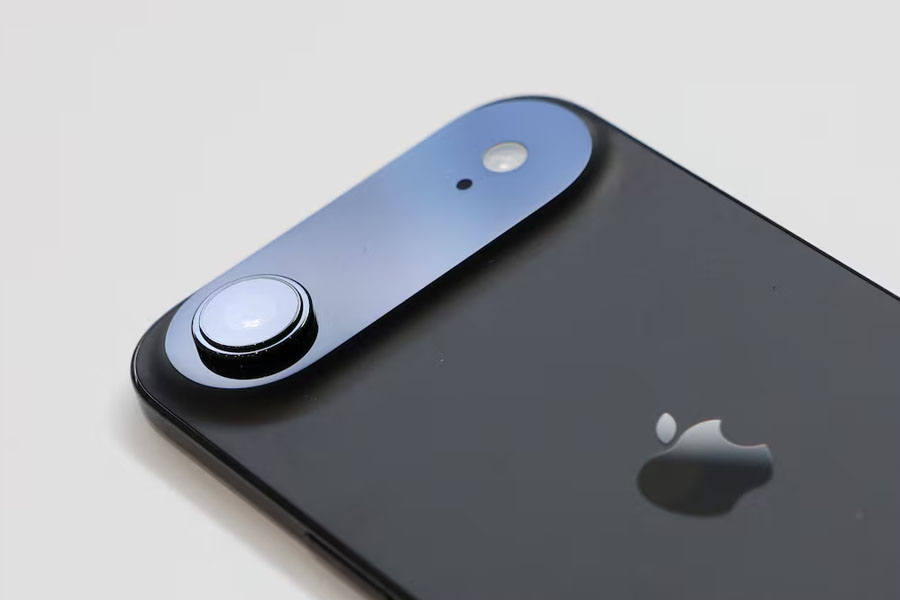
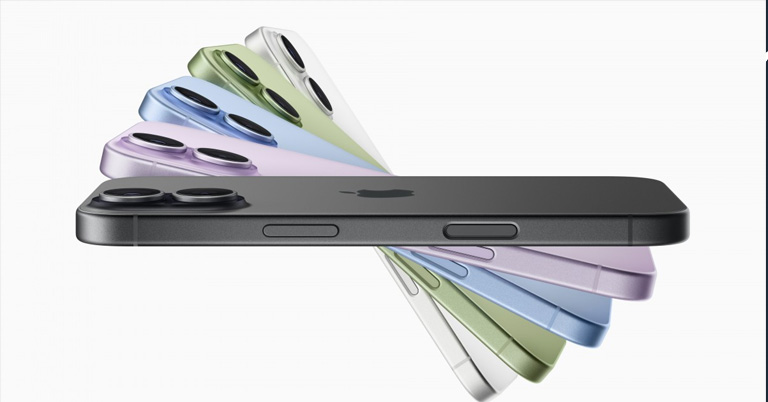
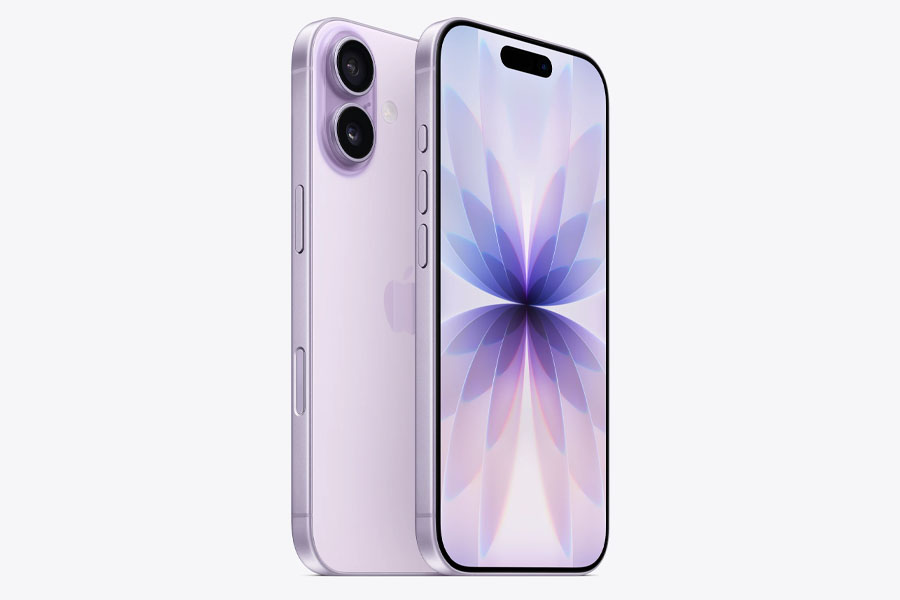
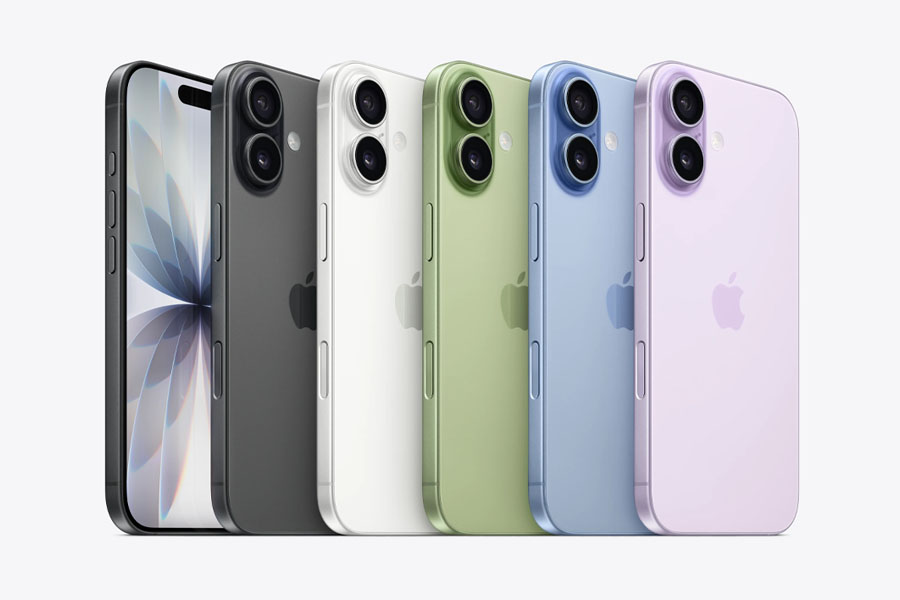
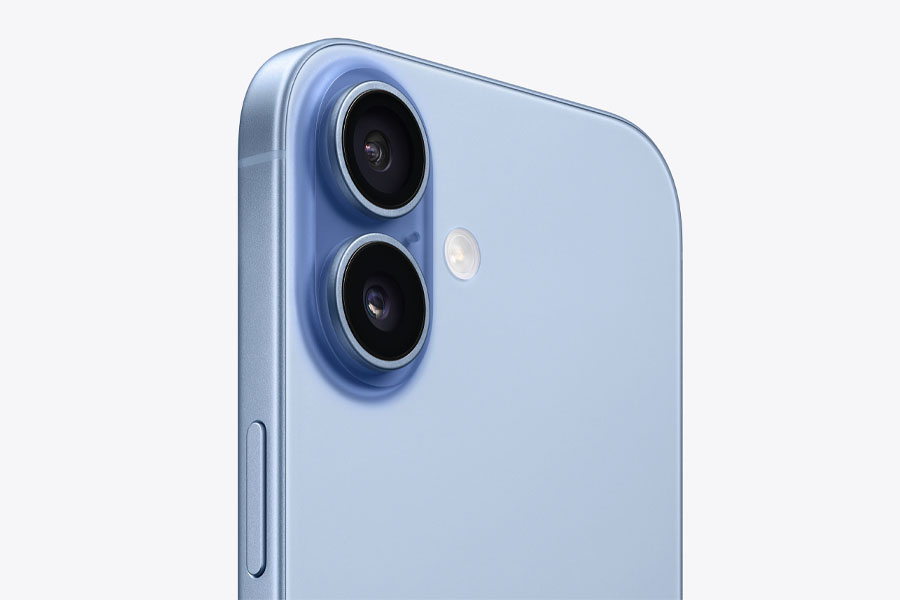
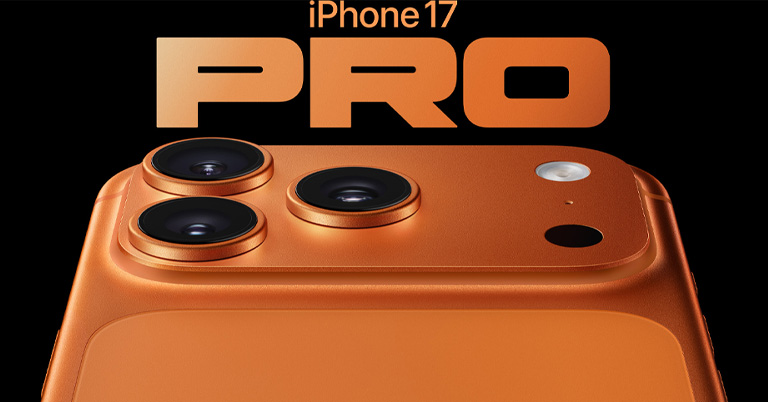
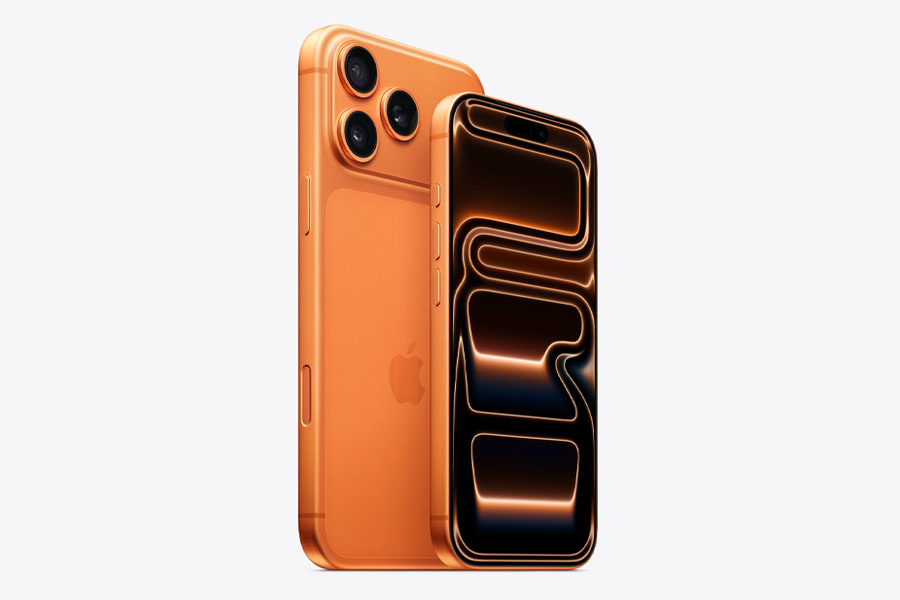
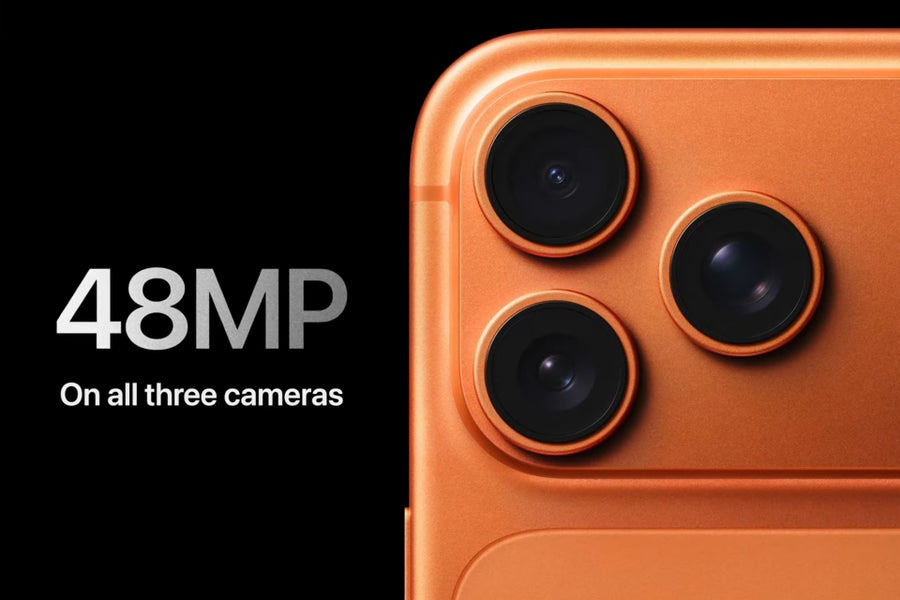
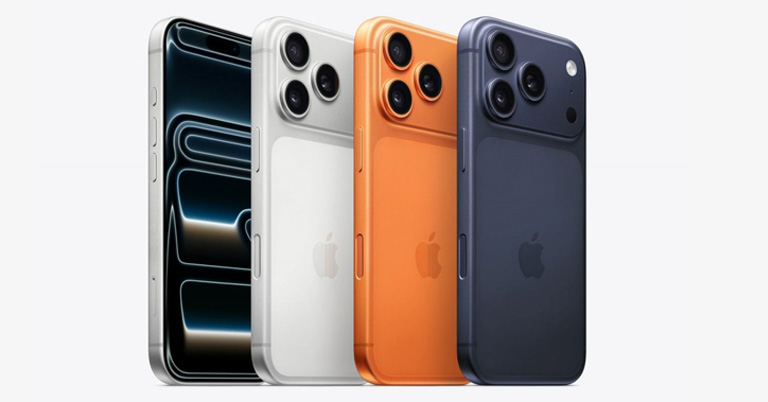
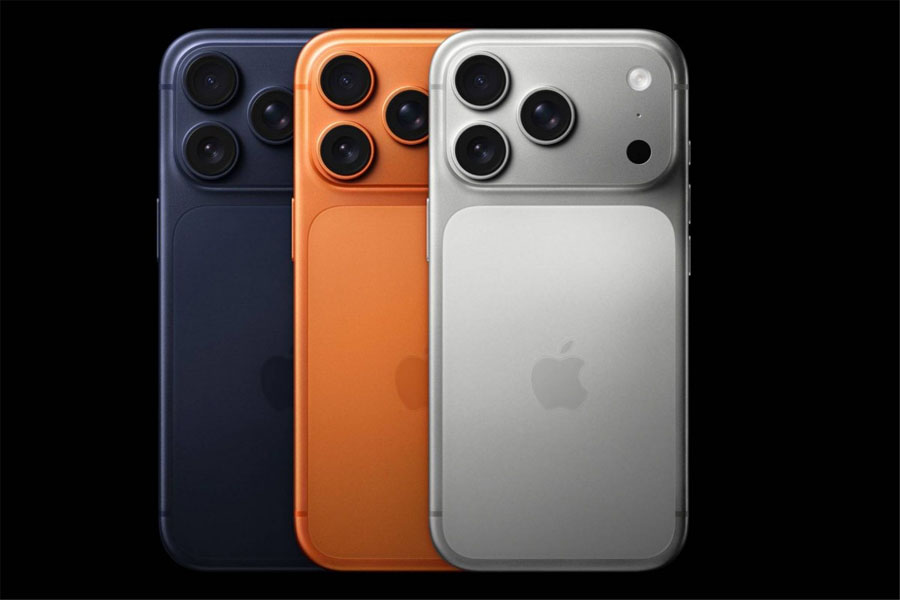
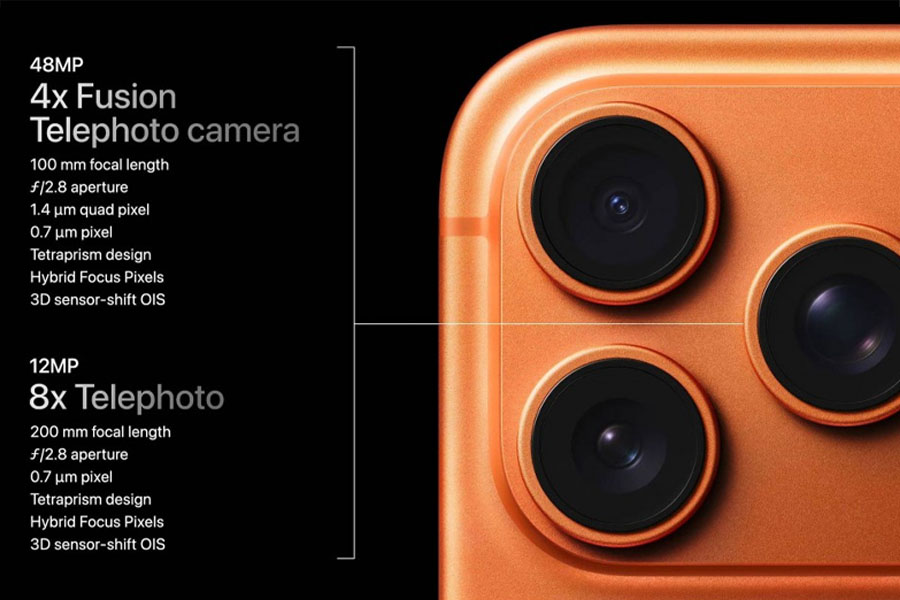
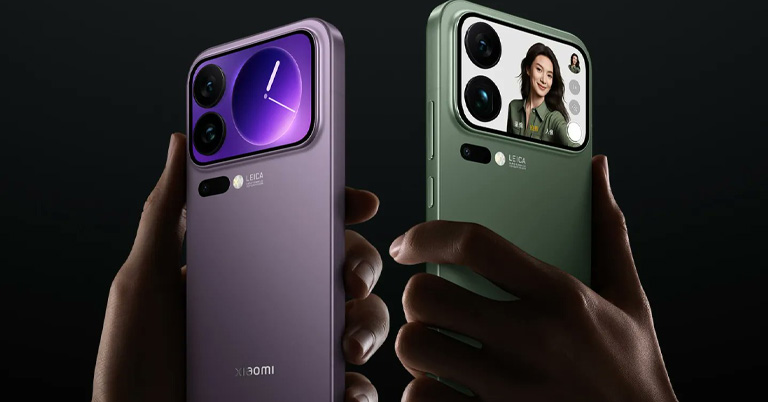
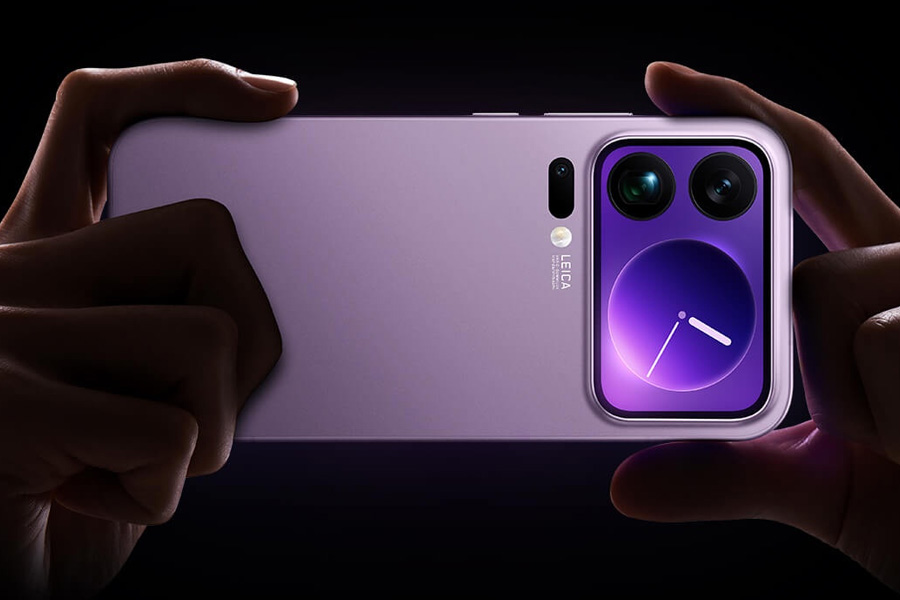
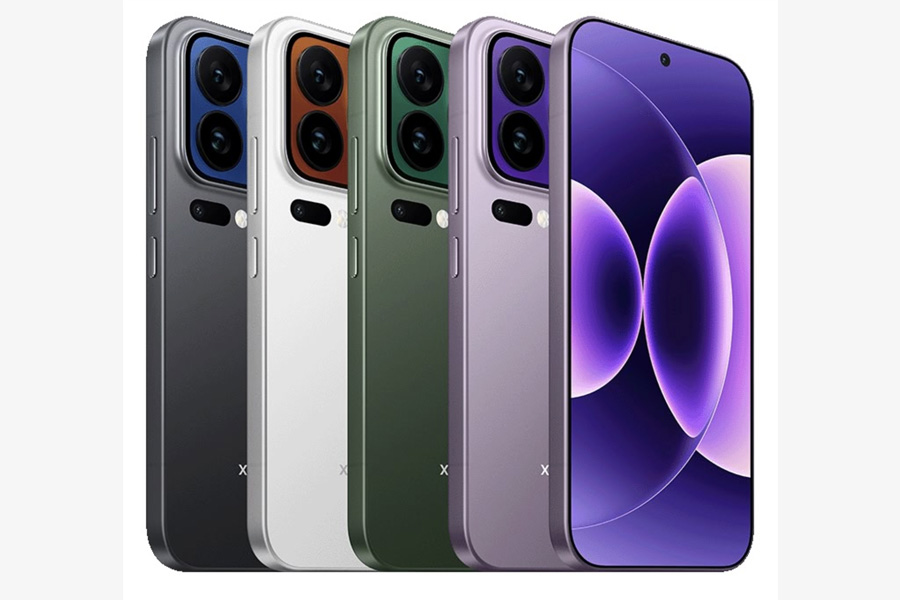
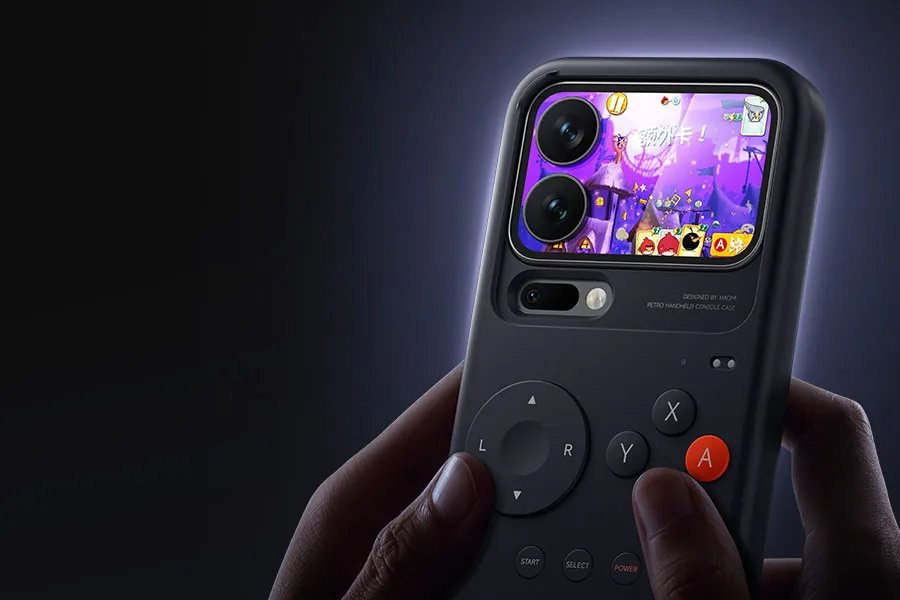
![iPhone 16 Price in Nepal [2025 Updated] iPhone 16 Price in Nepal [2025 Updated]](https://cdn.gadgetbytenepal.com/wp-content/uploads/2024/08/iPhone-16-Price-in-Nepal-1.jpg)



![iPhone 16e Price in Nepal [2025 Updated] iPhone 16e Price in Nepal [2025 Updated]](https://cdn.gadgetbytenepal.com/wp-content/uploads/2025/02/iPhone-16e-Design-and-Display-1.jpg)


![iPhone 15 Price in Nepal [2025 Updated] iPhone 15 Price in Nepal [2025 Updated]](https://cdn.gadgetbytenepal.com/wp-content/uploads/2023/08/iPhone-15-Price-in-Nepal.jpg)
